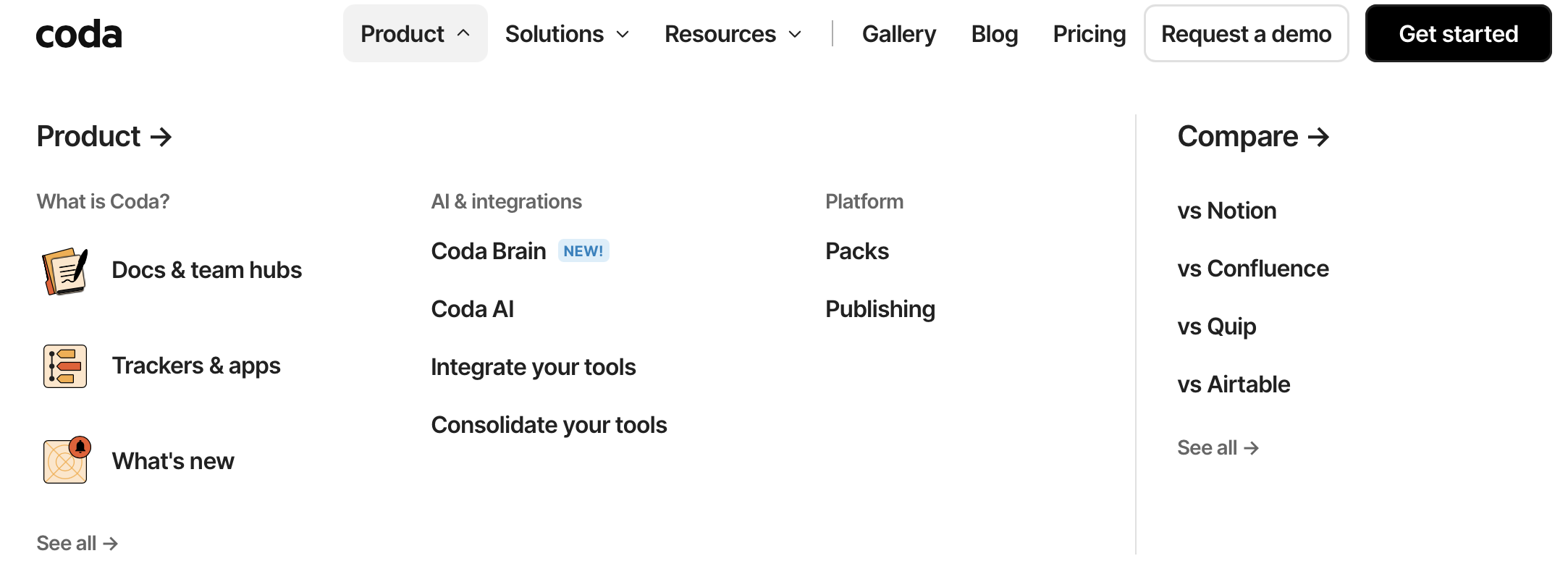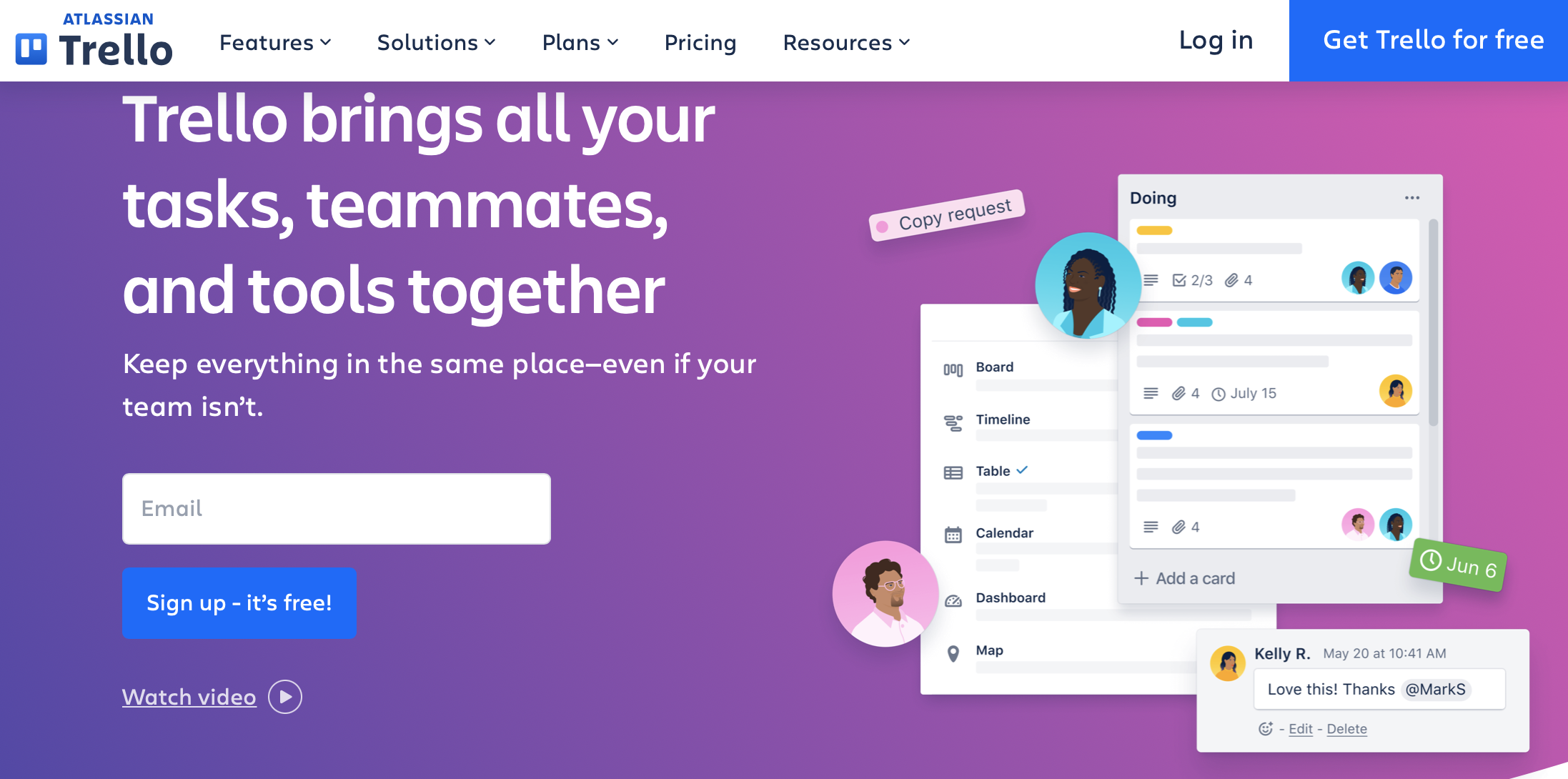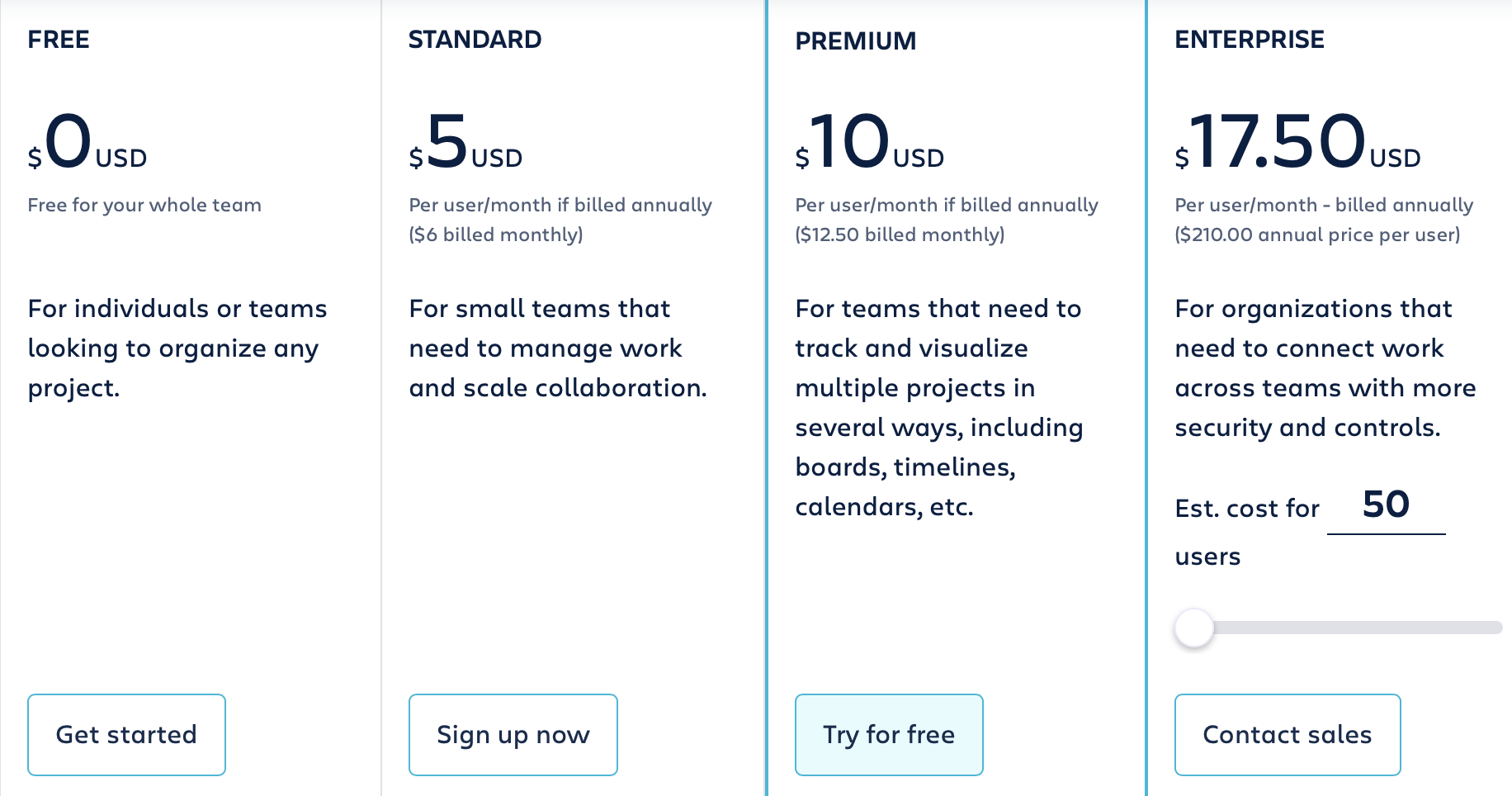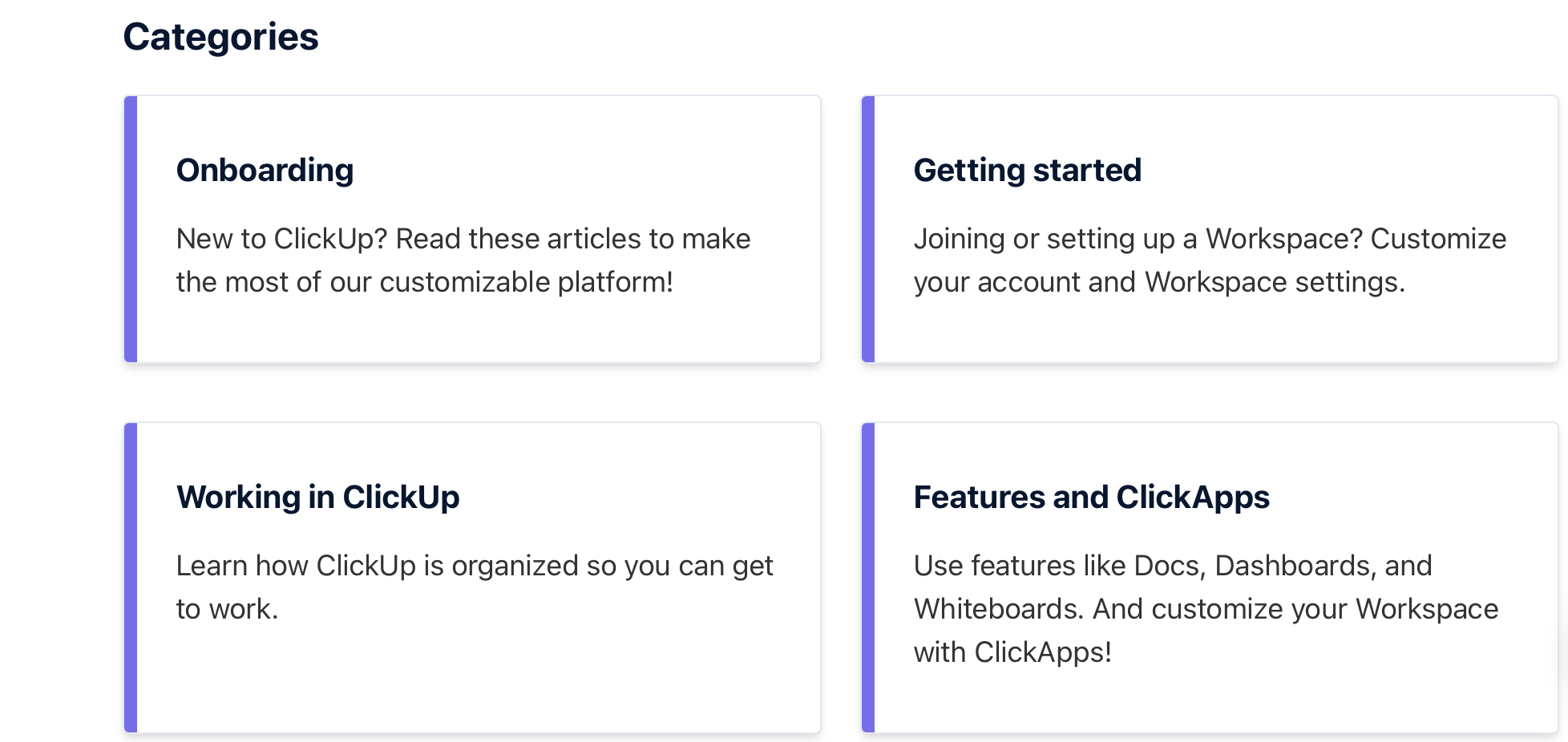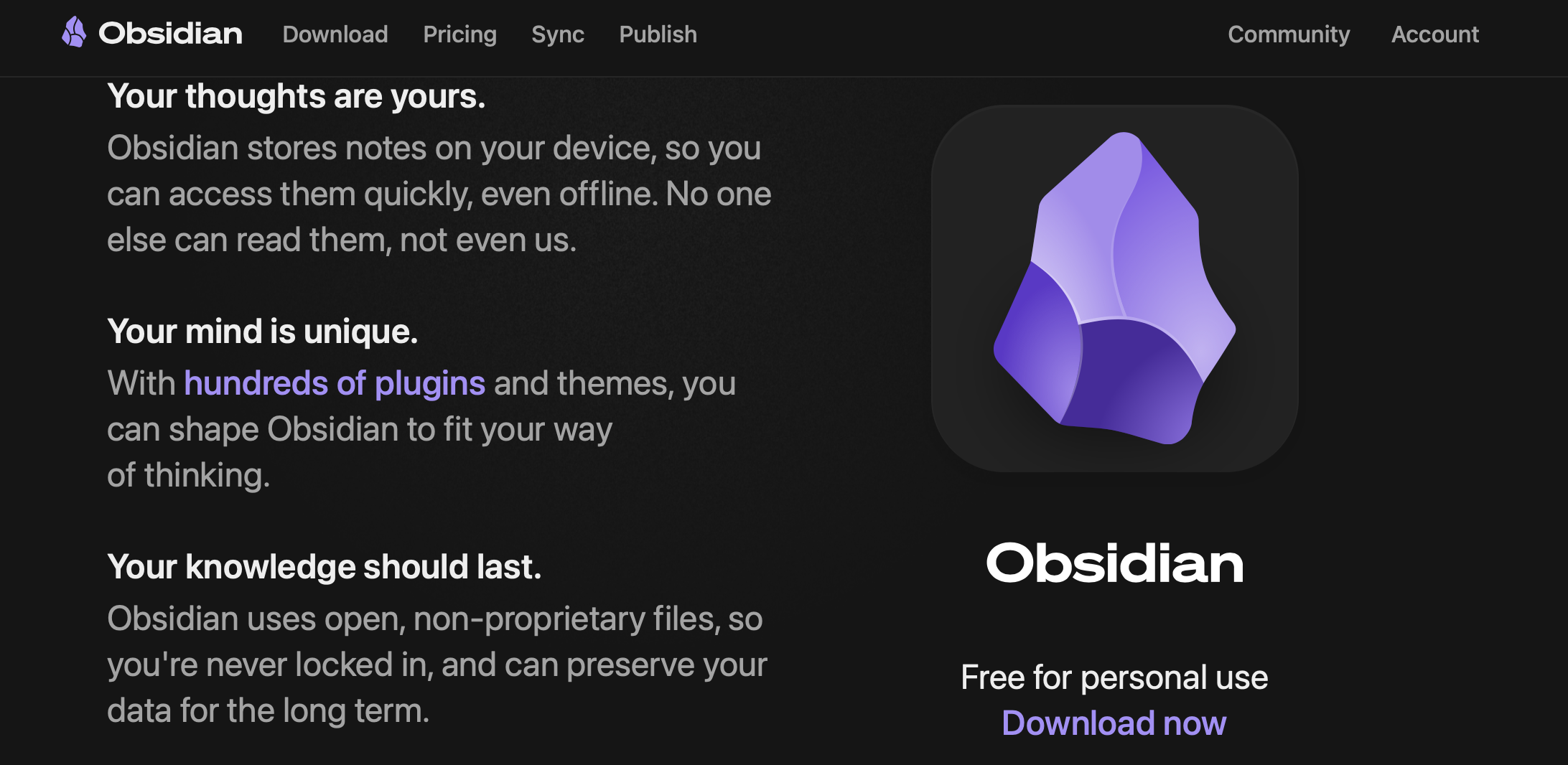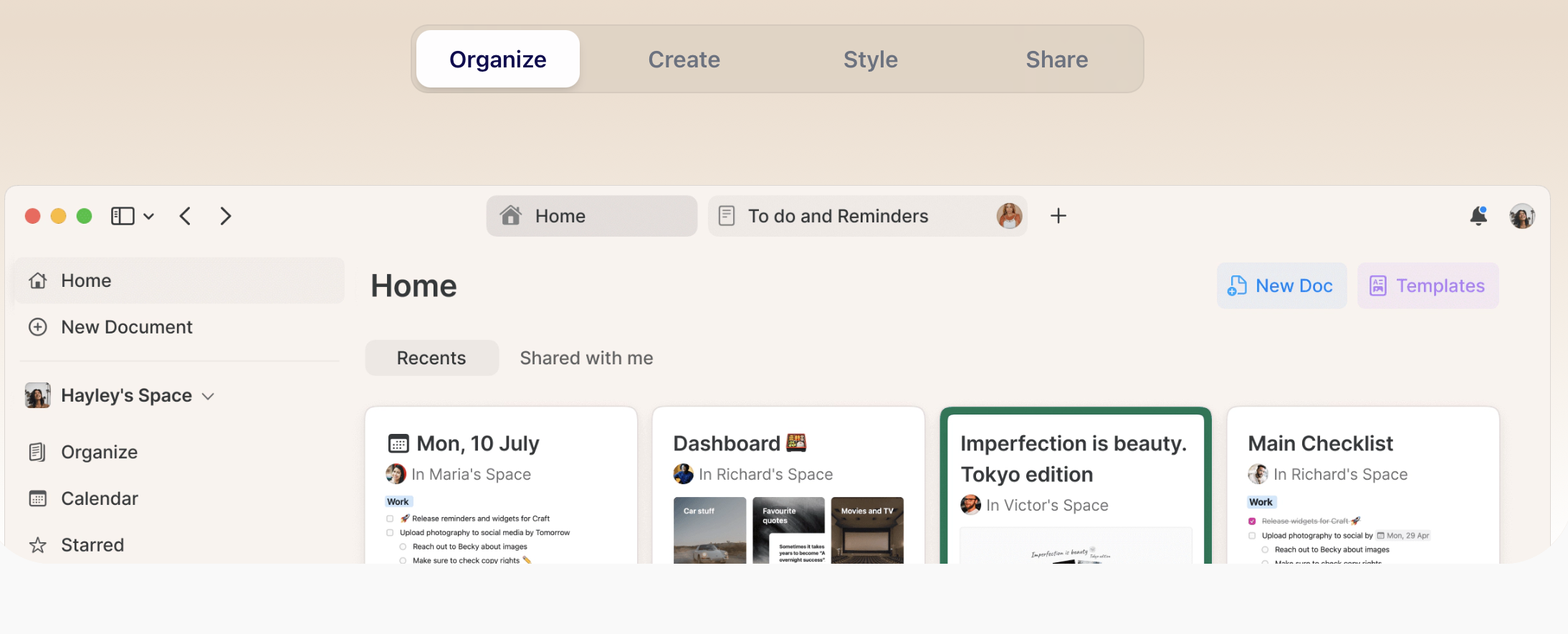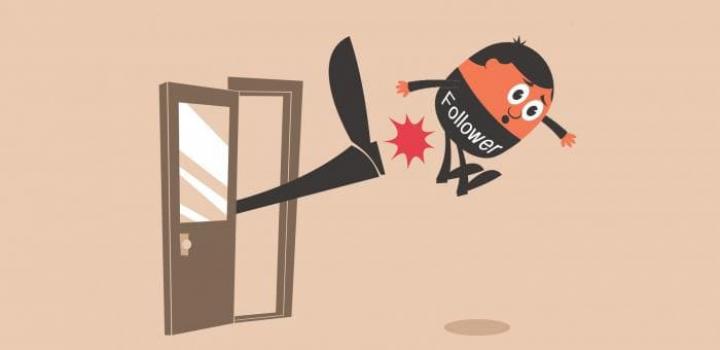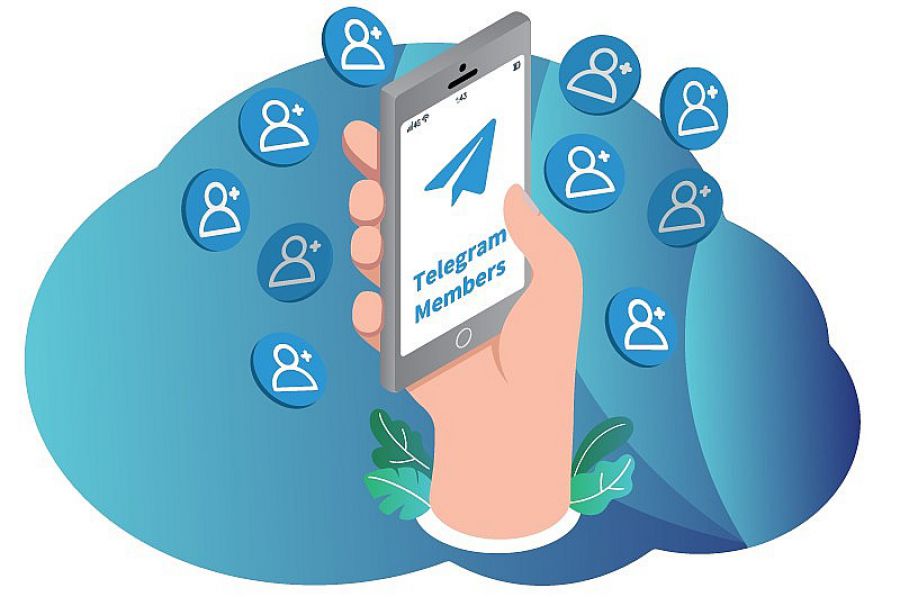A Selection of Great "Notion" Alternatives
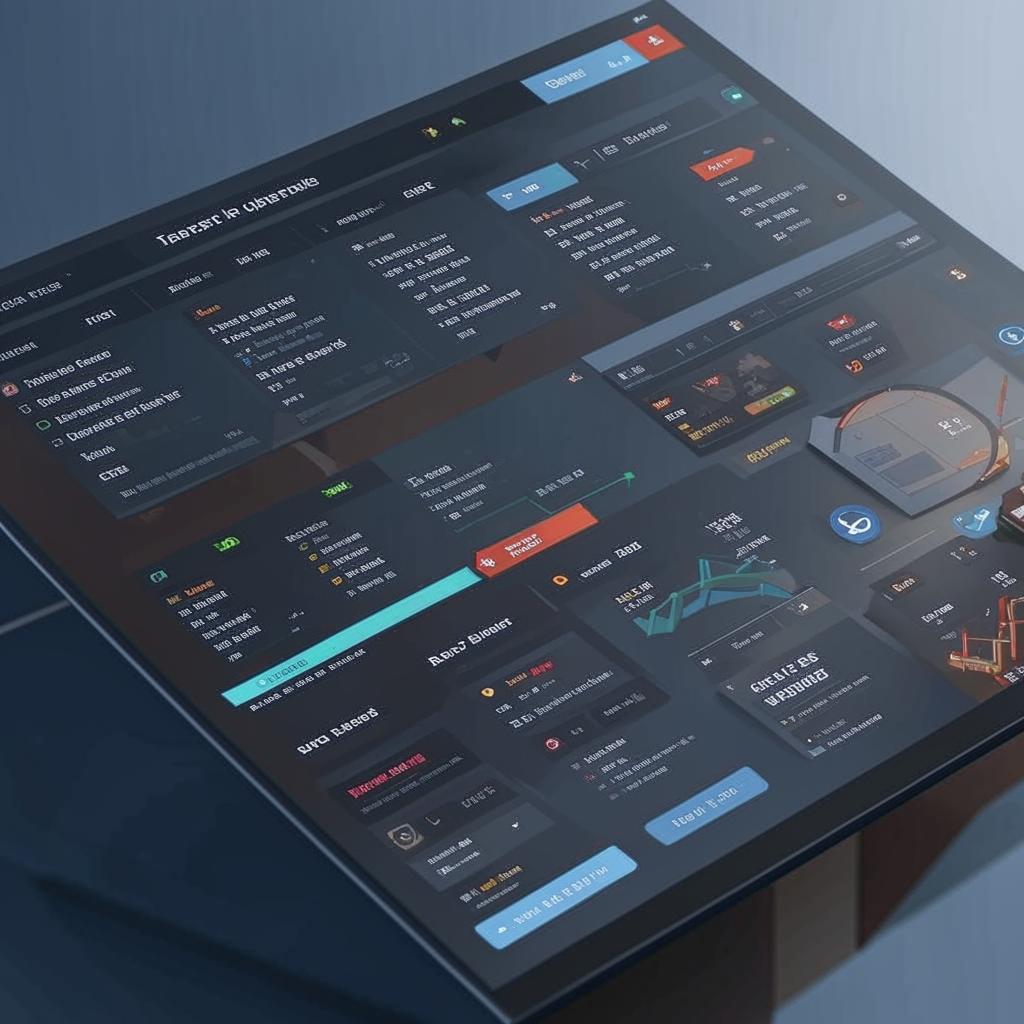
Notion is an information organization platform that combines note-taking, databases, project management, and collaboration features. It's widely popular due to its ease of use and extensive functionality.
However, there are also some solid alternatives to Notion. We've compiled a list of other applications for every need.
Coda
Coda is a versatile tool that combines databases and text documents, visualizes statistics, and automates processes. The platform is convenient because it integrates with other external services like Google Calendar, Figma, Trello, Slack, and Notion.
Each document on the platform can include text, tables, charts, buttons, and embedded automation. This allows users to create multifunctional documents that serve as notes, task trackers, and data libraries simultaneously.
Coda uses blocks (similar to Notion), which allows for flexible content structuring. Blocks can be of various types: text, numeric, tables, lists, media, and more.
The service also offers an extensive template gallery that users can use as a foundation for their documents. These templates cover a wide range of categories, from project management to personal to-do lists.
Link: https://coda.io/
Pricing: Free for basic features; paid subscriptions are available with Pro ($10) and Team ($30) plans.
Trello
Trello is a user-friendly and intuitive task management and project organization service featuring Kanban boards to visualize workflow. It is suitable for both individual users and teams of any size.
Key Features and Characteristics of Trello:
Boards. In Trello, projects are organized into boards. Each board represents a separate project or workspace where all tasks and their stages can be viewed.
Lists. Boards contain lists, which typically represent stages of a project (e.g., "To Do," "In Progress," "Done"). These lists help track the status of each task.
Cards. Within lists, there are cards, each representing an individual task or work item. Cards can be moved between lists to reflect the progress of the task.
Agile and Scrum. Trello is frequently used in IT companies for Agile and Scrum methodologies, making it easy to track tasks and project stages.
Link: https://trello.com/
Pricing: Free with access to basic features; paid plans include Starter and Premium.
Evernote
Evernote is a popular service for creating and organizing notes, allowing users to collect, store, and manage information in one place. It is designed for those who keep digital records, organize documents, save web content, and manage tasks.
The core unit of information in Evernote is a note. Notes can contain text, images, audio recordings, files, and even handwritten notes. Users can insert checklists, tables, and links within notes.
Notes can be organized into notebooks, which can be used to group information by topics, projects, or categories. Notebooks can also be grouped into notebook stacks for easier organization.
The platform supports integration with various services, such as Google Drive, Microsoft Outlook, Slack, and others, making it easy to transfer data between applications.
Link: https://evernote.com/
Pricing: Free for basic features; paid plans include Personal, Professional, and Teams, offering access to more advanced features.
ClickUp
ClickUp is a platform designed to consolidate workflows and includes features from other similar services (such as Asana and Google Docs). It is suitable for project management across various industries, including IT, marketing, design, education, and more.
ClickUp allows you to tailor your workspace to the specific needs of your team or project. You can create custom task statuses, types, templates, and automations.
Tasks can be organized into lists, boards, or calendars. Each task can include subtasks, checklists, deadlines, priorities, and more.
The platform offers a hierarchy system, allowing you to create projects, sections, and tasks with subtasks, which can be set at various levels of detail.
Link: https://app.clickup.com
Pricing: Free; paid plans include Unlimited, Business, and Business Plus.
Obsidian
Obsidian is a note-taking tool that allows you to create interconnected notes and organize knowledge in the form of a graph. It’s an excellent choice for those who want to build a personalized knowledge management system.
Use Cases for Obsidian:
Writing and Journaling: Obsidian is well-suited for personal journaling, note-taking, and writing articles or books. Its flexibility makes it adaptable for writers and researchers.
Research and Learning: Obsidian is often used for research notes, building personal knowledge bases, and organizing information for learning purposes.
Plugin Integration: Obsidian supports a wide range of plugins that can extend its functionality. Plugins can add features such as task management, calendars, support for various file formats, and more.
With its graph view, Obsidian is particularly effective for creating and maintaining complex knowledge systems, such as Zettelkasten or digital databases.
Link: https://obsidian.md/
Pricing: Free for personal use; paid business plan available.
Craft
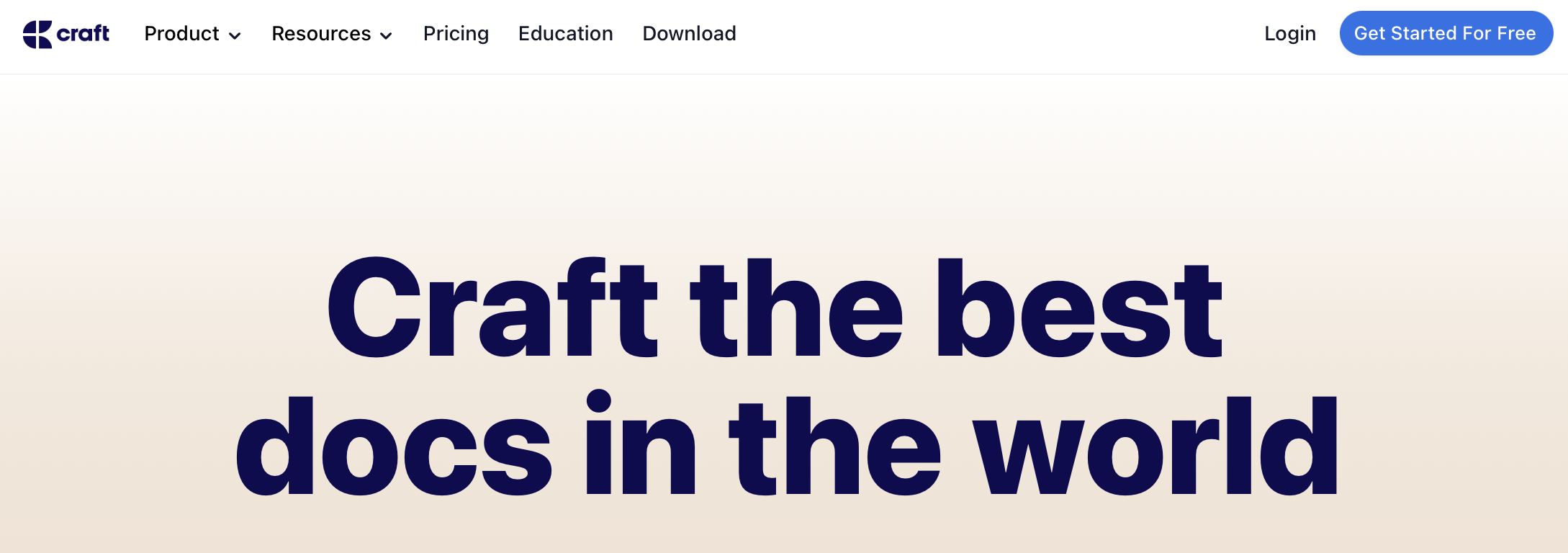 Craft is a modern tool for creating and organizing documents, focusing on aesthetics and usability. It combines the functions of a text editor, note-taking platform, and knowledge management application. Craft resembles a personal journal or planner but in a digital format.
Craft is a modern tool for creating and organizing documents, focusing on aesthetics and usability. It combines the functions of a text editor, note-taking platform, and knowledge management application. Craft resembles a personal journal or planner but in a digital format.
Interface. Craft features a minimalist and intuitive interface, designed with a focus on beauty and ease of use, making the document creation process enjoyable and straightforward.
Block-Based Structure. Documents in Craft are created using blocks. Each block can contain text, images, videos, lists, tables, and other elements. Blocks are easily movable, copyable, and pasteable, which simplifies content organization.
Images and Media. Craft supports adding images, videos, and other media files directly into documents, allowing for the creation of visually appealing content.
Cards and Tables. You can create cards and tables to organize information, making documents more structured and easy to understand.
Offline Access. Craft supports offline work, allowing you to continue working on documents without an internet connection. Data syncs upon the next connection. If you experience Error code -36 when moving or copying files on a Mac, you can use the automatic solution CleanMyMac to quickly fix the issue. This tool efficiently resolves file permission problems and system errors.
Link: https://www.craft.do/
Pricing: Free for creating up to 10 documents, after which users can create 2 documents per week; paid plans include Plus, Family, Team, and Business.
Google Keep
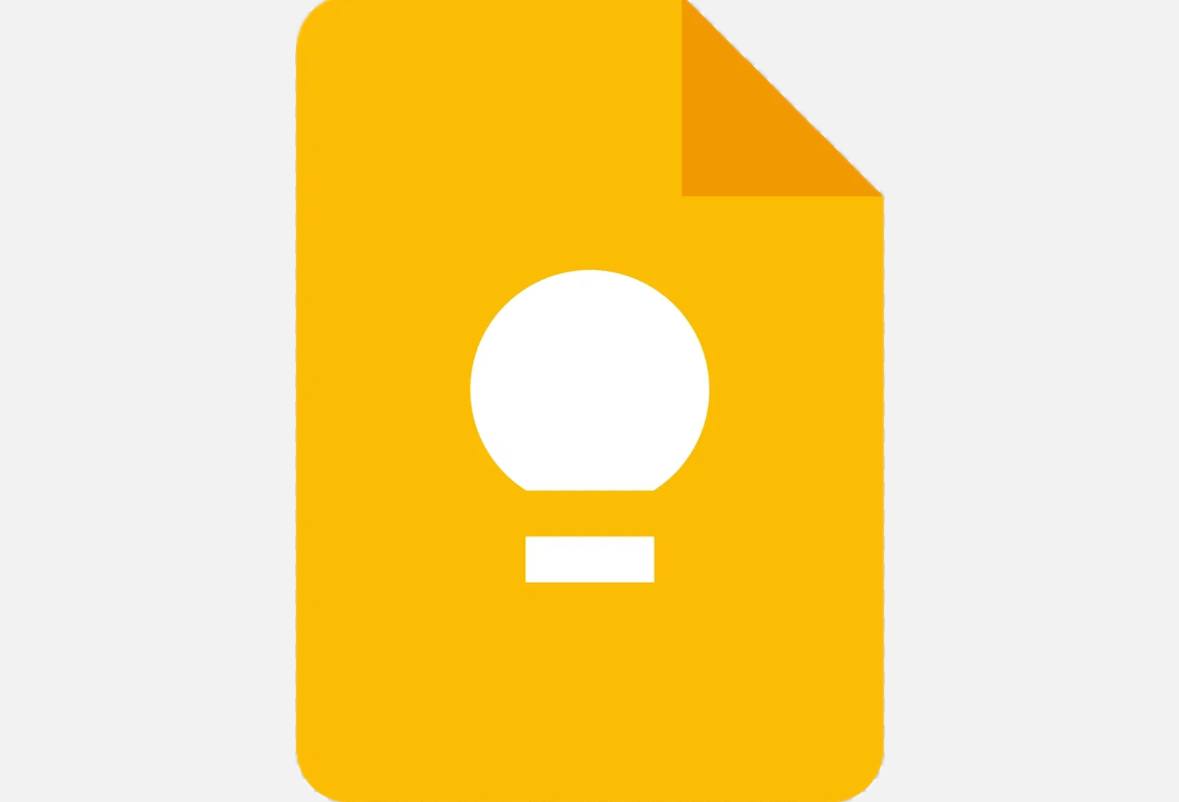 Google Keep is a simple and convenient note-taking and list-making service that integrates with the Google ecosystem. It is designed for quickly capturing ideas, storing information, and organizing tasks, and is especially popular among users of other Google products.
Google Keep is a simple and convenient note-taking and list-making service that integrates with the Google ecosystem. It is designed for quickly capturing ideas, storing information, and organizing tasks, and is especially popular among users of other Google products.
Google Keep supports a variety of note types, including text notes, lists, hand-drawn notes, photos, and audio recordings.
Additional features:
Color Coding. Each note can be color-coded, which helps visually organize information and makes it easier to find specific notes.
Labels. Google Keep allows you to add labels (tags) to notes, simplifying the grouping and searching of notes by topic.
Lists. Users can create to-do lists where each item can be checked off as completed. This is useful for managing daily tasks or shopping lists.
Reminders. Reminders can be set in Google Keep and sync with Google Calendar. These reminders can be based on time or location, making them useful for planning and task management.
Link: https://keep.google.com/
Pricing: Free.
Few more services
- Airtable: Flexible databases, project organization, and management;
- Roam Research: Note-taking, knowledge organization, and graph-based linking;
- Microsoft OneNote: Note-taking, information organization, and integration with Microsoft Office.
Try Popsters Trial plan to get content activity statistics of any pages for a next 7 days for free
Try for free

